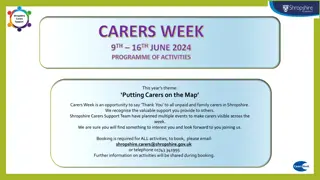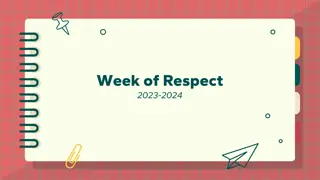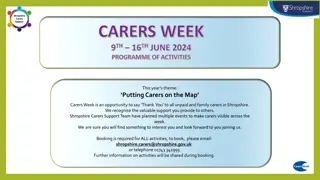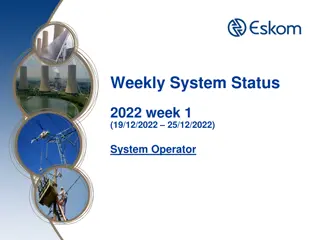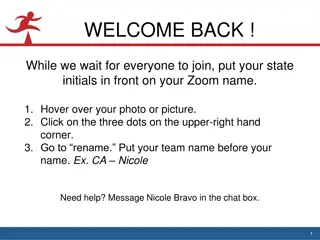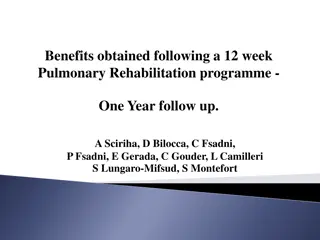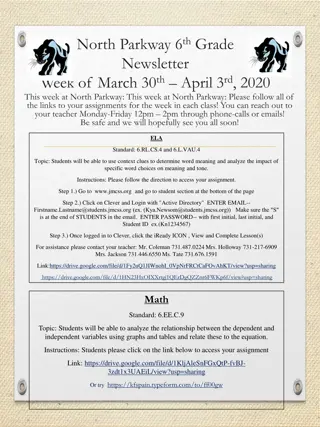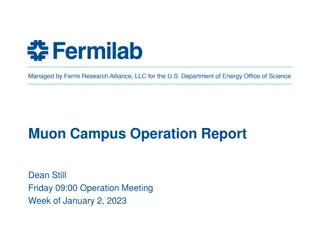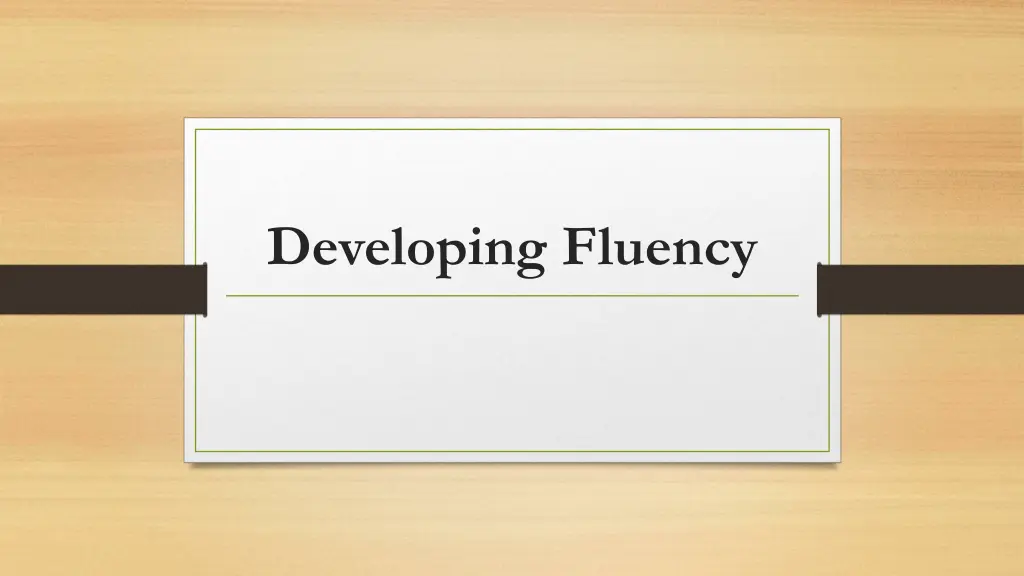
Techniques for Developing Fluency in Language Learning
Discover the characteristics of fluency, techniques for developing fluency, and the distinction between fluency and accuracy in language learning. Explore methods for improving fluency in listening through meaning-focused activities and top-down processing. Enhance your language proficiency with these valuable insights.
Download Presentation

Please find below an Image/Link to download the presentation.
The content on the website is provided AS IS for your information and personal use only. It may not be sold, licensed, or shared on other websites without obtaining consent from the author. If you encounter any issues during the download, it is possible that the publisher has removed the file from their server.
You are allowed to download the files provided on this website for personal or commercial use, subject to the condition that they are used lawfully. All files are the property of their respective owners.
The content on the website is provided AS IS for your information and personal use only. It may not be sold, licensed, or shared on other websites without obtaining consent from the author.
E N D
Presentation Transcript
The Nature of Fluency Fluency has the following characteristics to develop: 1. (message-focused activity): Learners demonstrate fluency when they take part in meaning-focused activity and do it with speed and ease without holding up the flow of talk. 2. (easy tasks): Fluent language use does not require a great deal of attention and effort from the learner. 3. (performance at a high level): It involves making the best possible knowledge use of what is already known.
Developing Fluency Some suggestions of things to do before the fluency activity begins: brainstorming the topic, pre-reading on the topic, observation of others doing the activity, repeated opportunities to do the activity, preparing and practicing in the first language, prediction activities.
Fluency and Accuracy Fluency is typically measured by speed of access or production and by the number of hesitations. Accuracy is typically measured by the amount of errors. Some theories see fluency as being related to a change in knowledge.
Techniques for Developing Fluency in Listening The techniques involve meaning-focused activity (listening to interesting stories, puzzle and quiz activities, and activities with clear communication outcomes) Focusing on language items, topics and experiences with which the learners are already familiar. Encouraging the learners to reach a high level of performance through the use of meaning-focused repetition, increasing speed of input, the opportunity for prediction and the use of previous background knowledge.
Techniques for Developing Fluency in Listening a distinction between activities in listening: topic-related background knowledge to the task (top-down processing) relying primarily on the language of the text to understand (bottom- up processing) Most comprehension activities are a combination of top-down processing and bottom-up processing, but usually one is predominant. Fluency tasks should be largely top-down processing because these are the ones that allow learners to perform at speed without having to puzzle over language forms.
Techniques for Developing Fluency in Listening Top-down processing occurs when the topic is very familiar to the students, when the organization and other genre conventions are familiar to the students, when the students attention is strongly focused on the message, when there is not a concern for linguistic detail. Bottom-up processing occurs when the main source of information is the text itself, when the listener cannot draw on preparation, When the previous experience to assist in comprehension.
Techniques for Developing Fluency in Speaking The following speaking fluency activities make use of repetition and rehearsal and are discreet activities. 1. The 4/3/2 technique 2. The best recording 3. The ask and answer technique 4. Rehearsed talks

